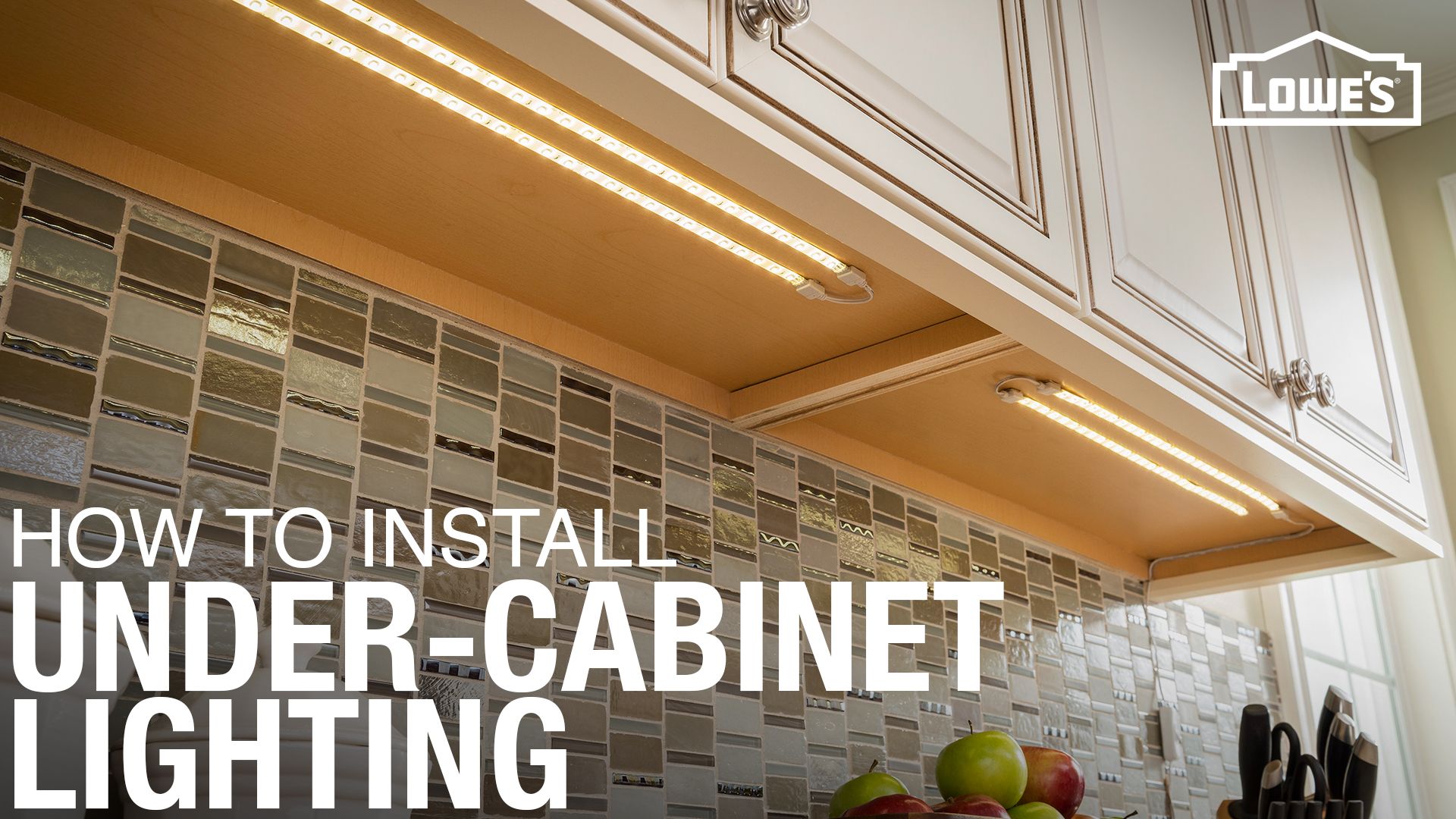Color Temperature and Light Quality: Led Vs Fluorescent Under Cabinet Lighting

Right, so, let’s get into the nitty-gritty of how these lights actually *look*. It’s not just about brightness, innit? We’re talking about how the colours of your food and worktops pop, basically.
LEDs and fluorescents have different ways of showing off colours, and that’s where CRI comes in. CRI, or Colour Rendering Index, is a measure of how accurately a light source renders colours compared to natural daylight. A higher CRI means more accurate colours – think vibrant tomatoes instead of those sad, washed-out things. LEDs generally boast a higher CRI than fluorescents, meaning your avo toast will look, like, *actually* delicious.
Color Temperature Options and Their Effects
The vibe of your kitchen can change completely depending on the colour temperature of your lights. Think warm, cosy vibes or bright, fresh energy. We’re talking about the difference between a chilled-out evening and getting your prep on for a banging brunch.
- Warm White (around 2700K): This is your classic cosy lighting. It’s mellow, relaxing, and creates a chilled-out atmosphere, perfect for evening cooking or a relaxed family dinner. Think of a candlelit dinner, but, y’know, safer.
- Cool White (around 4000K): This is brighter and more energising. It’s great for daytime cooking or when you need to see every little detail, like when you’re meticulously chopping veggies for a mega-impressive curry. Think bright, airy, and super-efficient.
- Daylight (around 6500K): This is the brightest and most energising option. It mimics natural daylight, making your kitchen feel spacious and fresh. Ideal for those early morning breakfast preps or if you just wanna feel like you’re cooking in the sun.
Color Distortion in Fluorescent Lighting
Fluorescents, while they’ve been around for ages, can sometimes make colours look a bit… off. This is because fluorescent lights often emit light in specific wavelengths, which can lead to a slightly green or yellow tint, depending on the type of tube. This means that your perfectly ripe mango might look a bit… dubious under fluorescent light, even though it’s totally delish. LEDs, on the other hand, generally produce a fuller spectrum of light, resulting in more accurate colour rendering and less of that weird colour distortion. Basically, your food will look how it actually *is*, not some weird, off-colour version of itself.
Installation and Maintenance Considerations

Right, so you’ve sussed out the colour temp and all that jazz, now let’s get down to the nitty-gritty – actually getting these lights up and keeping them in tip-top shape. It’s not rocket science, but there are a few things you need to know to avoid a total DIY disaster.
LED and Fluorescent Under Cabinet Lighting Installation
Getting these bad boys installed isn’t too taxing, but there are a few key differences. Follow these steps and you’ll be chilling with perfectly lit cabinets in no time.
- Planning and Preparation: Measure up your cabinets, mate. Seriously, this is crucial. You need to know exactly how many lights you need and where they’ll go. For LEDs, consider the spacing to get even coverage. Fluorescents might need a bit more space between them due to their length. Sketch it out if you’re feeling fancy.
- Wiring (LED): LED strips usually come with adhesive backing, making this a doddle. Peel and stick, and then connect the power supply. It’s usually pretty straightforward, but check the instructions, innit? Some might need a bit more wiring jiggery-pokery, depending on the setup.
- Wiring (Fluorescent): This is a bit more involved, you’ll likely need to connect to your mains supply – this is where calling in a sparky might be a good shout if you’re not clued up on electrics. It’s worth it to avoid getting zapped.
- Fixing (Both): Once wired, secure the lights firmly to the underside of your cabinets. Use screws or adhesive, depending on the type of lighting. Make sure everything’s level, otherwise it’ll look a right mess.
- Testing: Before you declare victory, switch the lights on and check everything works perfectly. If not, go back and check your wiring.
Installation Challenges and Solutions, Led vs fluorescent under cabinet lighting
There can be a few hiccups along the way. Here’s how to sort them out.
- Wiring Issues (Both): If the lights don’t work, double-check your wiring. A faulty connection can be a real pain, but usually a simple fix. A multimeter is your best mate here.
- Adhesive Failure (LED): Sometimes the adhesive on LED strips can fail. Use a stronger adhesive to secure them properly. Think about using some extra support like clips.
- Cabinet Access (Both): Getting into tight spaces can be a nightmare. Use flexible tools to help with wiring and fixing. A magnetic screwdriver can be a lifesaver.
- Ballast Issues (Fluorescent): Fluorescent lights use ballasts. If one goes belly up, the whole light is out. Replacing a ballast is a bit more complex than swapping an LED.
Maintenance and Disposal
Here’s a lowdown on keeping your lights gleaming and disposing of them responsibly.
| Feature | LED | Fluorescent |
|---|---|---|
| Bulb Replacement Frequency | Very long lifespan, often lasting for many years, reducing the need for frequent replacements. | Shorter lifespan compared to LEDs, requiring more frequent bulb replacements. |
| Disposal | Generally recyclable through local recycling schemes. Check your local council’s guidelines. | Contain mercury, requiring special disposal methods. Don’t just chuck them in the bin! Take them to a designated recycling centre. |
